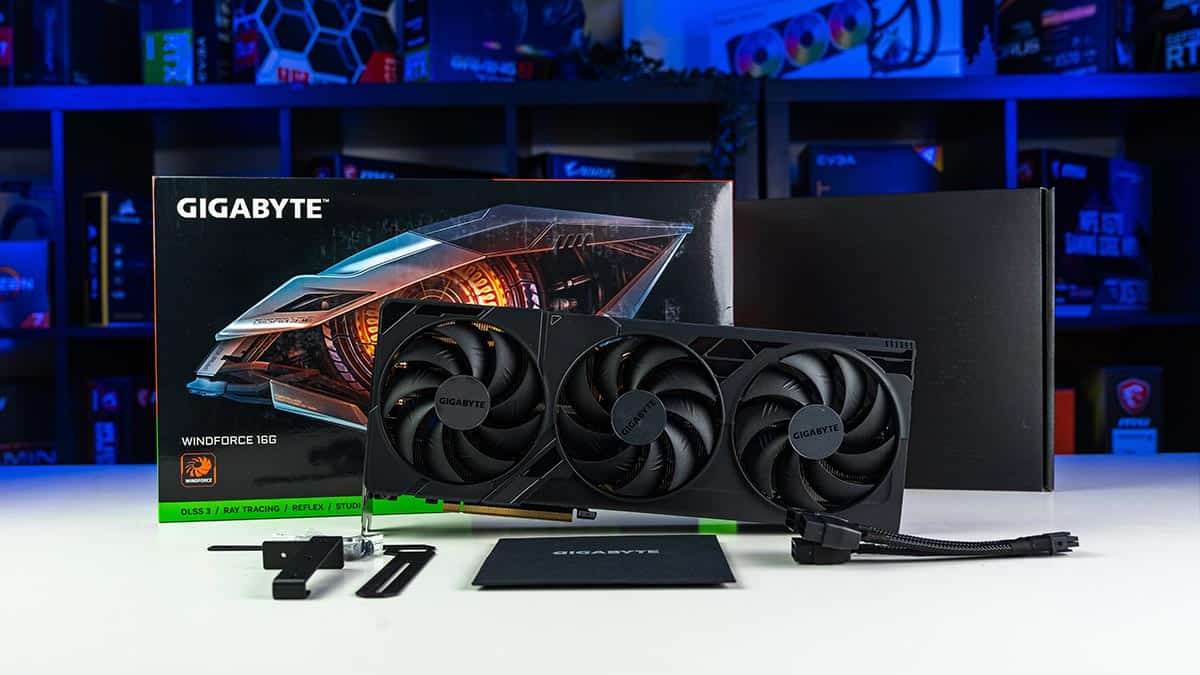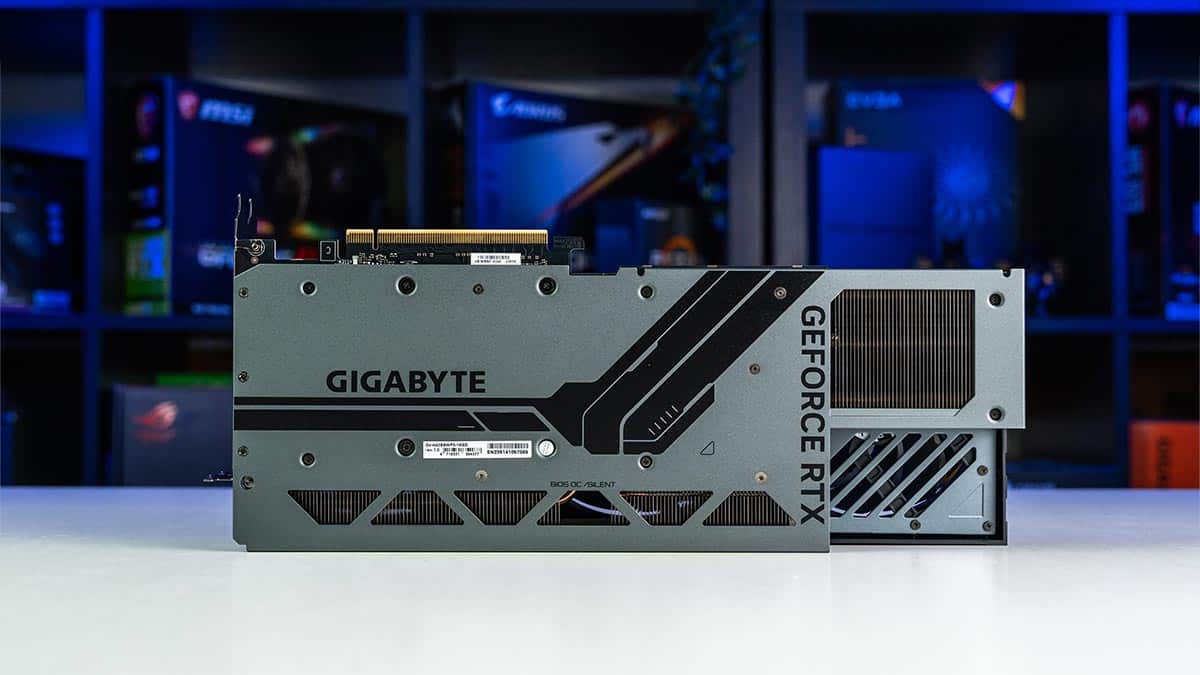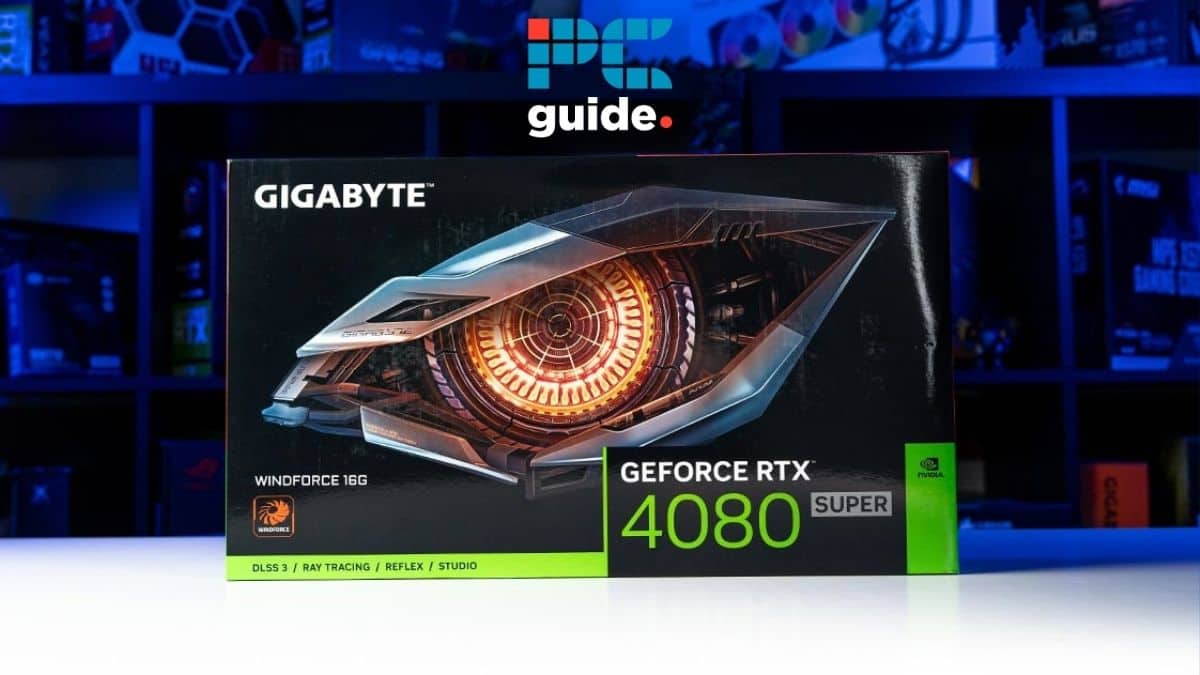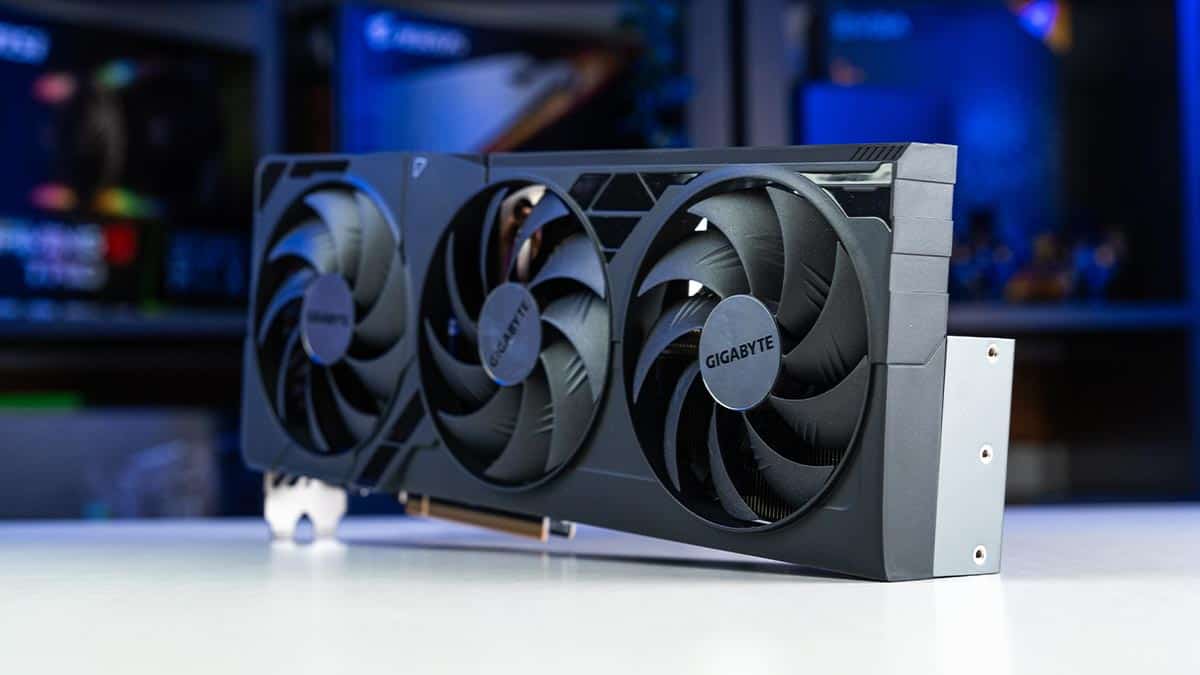Nvidia RTX 4080 Super review – is it worth it?
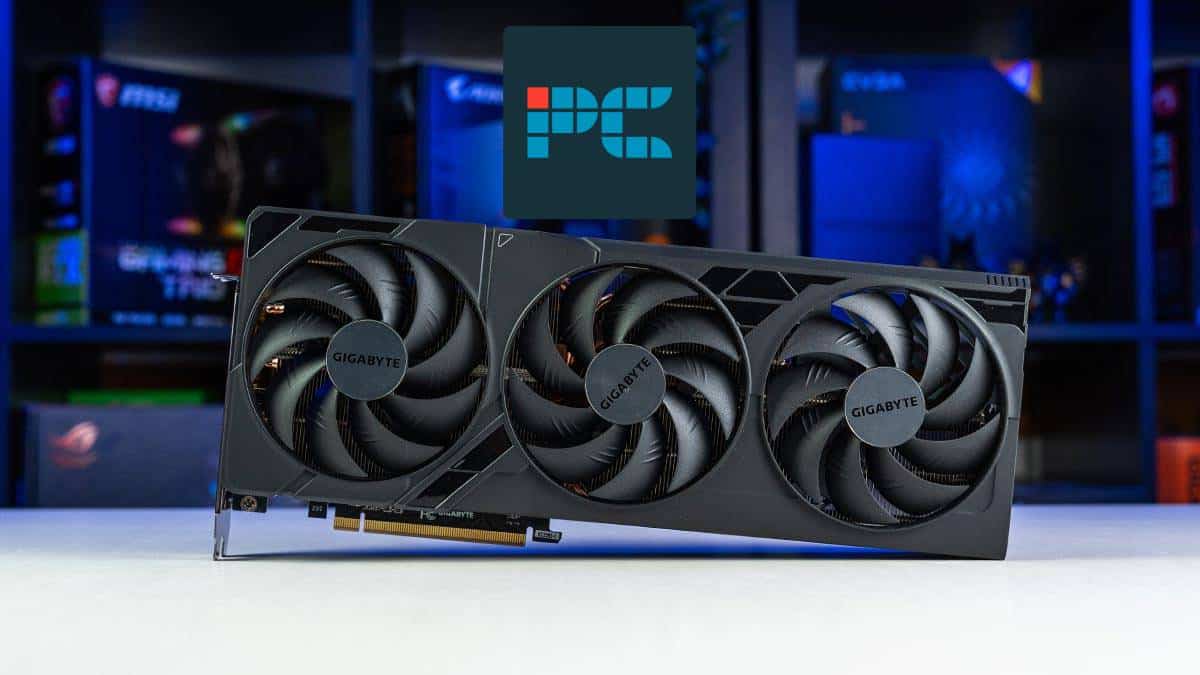
Table of Contents
At long last the refresh to the high-end Ada series has arrived in the form of the Nvidia RTX 4080 Super. This graphics card has one mission statement for its creation, to bring down the pricing of true 4K gaming on the AD103 die. Unlike with the RTX 4070 Super and the RTX 4070 Ti Super, there’s less that’s innovative to talk about, but still some good ground to go over. Can this new GPU be considered one of the best graphics cards on the market? Let’s get into it.
Team green starts off the year strongly with a range of mid-range and a high-end GPU to broaden Ada’s expanse. If you missed out on the original RTX 4080 due to the high price tag before then the new RTX 4080 Super could be just the thing to win you over. This RTX 4080 Super review will be going over the pricing, availability, design, features, specs, and performance below so you have all the information you need to make an informed purchasing decision.
Prime Day is finally here! Find all the biggest tech and PC deals below.
- Sapphire 11348-03-20G Pulse AMD Radeon™ RX 9070 XT Was $779 Now $739
- AMD Ryzen 7 7800X3D 8-Core, 16-Thread Desktop Processor Was $449 Now $341
- ASUS RTX™ 5060 OC Edition Graphics Card Was $379 Now $339
- LG 77-Inch Class OLED evo AI 4K C5 Series Smart TV Was $3,696 Now $2,796
- Intel® Core™ i7-14700K New Gaming Desktop Was $320.99 Now $274
- Lexar 2TB NM1090 w/HeatSink SSD PCIe Gen5x4 NVMe M.2 Was $281.97 Now $214.98
- Apple Watch Series 10 GPS + Cellular 42mm case Smartwatch Was $499.99 Now $379.99
- ASUS ROG Strix G16 (2025) 16" FHD, RTX 5060 gaming laptop Was $1,499.99 Now $1,274.99
- Apple iPad mini (A17 Pro): Apple Intelligence Was $499.99 Now $379.99
*Prices and savings subject to change. Click through to get the current prices.
Nvidia RTX 4080 Super price
The big USP of the new card comes down to what it’s selling for, that’s because the Nvidia RTX 4080 Super retails from $999 / £959. It’s now the same price as the AMD RX 7900 XTX. The latest GPU significantly undercuts the MSRP of the base model as the original RTX 4080 came out of the gate at $1,199 / £1,139 which we always thought was far too high for 80-class. Now, the reduction of $200 / £180 takes the graphics card down to far more aggressive territory, arguably the price it should have been from the start.
It’s no secret that the pricing of the original RTX 4080 was a bit of a red flag for consumers, and you can’t really blame people. The first 80-class Ada card came in a full 71% more than its predecessor, the RTX 3080, which hit the shelves at $699 / £649 over three years ago. That’s quite the jump, and a tall order even factoring in the generational improvements. Now, that gap’s been shortened to a 42% increase, which while still high, isn’t as much of a bitter pill to swallow down at launch.
Now, it’s worth stating that these figures are going off of Founders Edition models and the respective MSRP set by Nvidia but some partner cards will vary upwards of this rate. In the case of our review unit, the Gigabyte RTX 4080 Super Windforce V2, the asking price is $999 in the US but £1,049 in the UK, so prices are similar to stock, but some partners may be asking considerably more. It’s also worth stating that the RTX 4080 Super’s current availability leaves a little to be desired.

- GPU: AD103
- CUDA Cores: 10,240
- VRAM: 16GB GDDR6X
- Bandwidth: 736.3 GB/s
- Memory bus width: 256-bit
- Base clock speed: 2295 MHz
The RTX 4080 Super confidently replaces any reason to ever go out and buy the base RTX 4080. With a significantly lower price of entry and slightly improved performance, this is the 4K gaming graphics card to get, and creatives should get a lot out of it, too.
- $200 / £180 cheaper than base model
- A true beast for 4K gaming
- Slightly improved performance
- $999 / £959 still isn’t cheap
- Availability may be problematic
Nvidia RTX 4080 Super key specs
As hinted at above, very little has fundamentally changed with the RTX 4080 Super compared to its predecessor. As with the original variant, this new refresh is built on the AD103 GPU with 16GB GDDR6X VRAM on a 256-bit memory bus. What’s been improved minorly, however, is the slight bump up in CUDA cores to 10,240 from the first iteration’s 9,728 (a 5% upgrade). There’s also now 320 texture mapping units (TMUs) up from the first run’s 304. This means a real-world difference of between 2-5% performance gains.
For the full breakdown on how the latest video card stacks up to its predecessor we recommend reading our RTX 4080 Super vs RTX 4080 feature, but we’ll outline the other key improvements here. Chiefly, the slightly faster base clock speed of 2295 MHz and a boost clock of 2550 MHz which slightly pulls ahead in the Super’s favor. There’s also a little more memory bandwidth with the Super’s 736.3 GB/s working out to 23 Gbps effective over the base model’s 716.8 GB/s and 22.4 effective. A slight bump.
Nvidia RTX 4080 Super key design

Where our review unit deviates from the RTX 4080 Super Founders Edition model is in its design. That’s because the Gigabyte RTX 4080 Super Windforce V2 is a triple fan GPU with a larger heatsink than some other iterations of the card. All in all, it measures in at 12.9 x 5.3 x 2.2 inches (LxWxH) being one of the bigger and thicker partner cards available. For comparison sake, Nvidia’s FE model comes in at a sleeker 11.9 x 4.4 x 2.3 inches (LxWxH) respectively. We recommend choosing the best case for RTX 4080 Super for a good fit.
An advantage to a partner card such as our Gigabyte model, is the inclusion of an anti-sag bracket in the box which can help to prevent the forces of gravity from wrecking havoc on your PCIe x16 port. Regardless of which model you opt for, you’ll either be using a 16-pin power connector or a 16-pin adapter which splits out into 3x PCIe power connectors. You should consider one of the best PSUs for RTX 4080 Super if your rig’s on the weaker side; Nvidia suggests a minimum system power of at least 750W. You’ll also find both HDMI 2.1 and DisplayPort 2.1 as standard as well, with support for up to 8K60.
The Gigabyte RTX 4080 Super Windforce V2 itself is packed with some premium figures such as a dual BIOS for running standard and “silent” operation. It also benefits from the “Windforce cooling system” where the triple fans spin in alternative directions which is said to aid airflow when under stress. Dubbed “3D active fans” they provide a level of passive cooling even when stationary to keep the card cool when idle or in low intensity situations as well. This is coupled with screen cooling and a large copper plate attached to the metal backplate, too.
Nvidia RTX 4080 Super gaming performance

In the testing conducted by BGFG’s Sebastian Kozlowski, we can see that the RTX 4080 Super performs either as well or slightly better than the more expensive base RTX 4080 from 2022. Starting with intensive games, the new GPU made short work of Cyberpunk 2077 without DLSS AI upscaling enabled. The card was able to average 125fps in 1440p and 51fps in 4K natively. The same can be said of both Assassin’s Creed Mirage and Avatar: Frontiers of Pandora as the two games achieved 139fps and 119fps in 1440p and leading figures of 95fps apiece in 4K respectively. It largely performs as well or better than the RX 7900 XT.
Competitive gaming is also a breeze for the RTX 4080 Super, too. This is evidenced by its performance in The Finals at “Epic settings” with averages of 189fps in 1440p and 99fps in 4K. There’s not much of a hit when factoring in ray-tracing performance either. RT enabled still sees rates of 182fps and 95fps, too. This extends to Rainbow Six Siege which gets steamrolled with 356fps average in 1440p and a staggering 194fps in 4K. Simply put, there’s very little you can throw at this GPU that will worry it in 2025. It’s worth stating that our benchmark testing is done without the use of DLSS Frame Generation so that you can get an accurate depiction of what it can natively do.
Nvidia RTX 4080 Super synthetic benchmarks
The synthetic benchmarks for the RTX 4080 Super are equally as impressive. This is especially the case when putting the graphics card through its paces in industry standard tests such as 3D Mark and Blender 4.0, which yield impressive results. The RTX 4080 Super slightly pulls ahead of the base model in Fire Strike Ultra with a score of 17,005 to 16,749 and the same can be said with Time Spy Extreme with 13,622 to 13,564 as well. This extends to Port Royal’s ray tracing test with a confident figure of 17,594 over the base model’s 17,471 points.
This lead extends in our Blender 4.0 testing as well. Through the GPU rendering benchmark launcher, the RTX 4080 Super leads with 4,413 points in Monster, 2,097.5 points in Junkshop, and 2,149.5 points in Classroom. In contrast, the base card did 4,345.6, 2,065.9, and 2,143.6 points respectively, lagging behind by about 1-2% if that. The Super variant isn’t considerably faster, but it’s a lot cheaper.
Nvidia RTX 4080 Super encoding benchmarks
The slight lead of the RTX 4080 Super is kept up when it comes to encoding tests as well, namely through Cinebench r24 and HandBrake. Starting with the former, the refresh achieved a leading score of 26,815 points in the GPU performance benchmark compared to the original model’s 26,522. This is consistent in the latter as well, the Super burns through the Tears of Steel 4K test in 1 minute and 52 seconds compared to the original model’s 1 minute and 53 seconds – a full second faster.

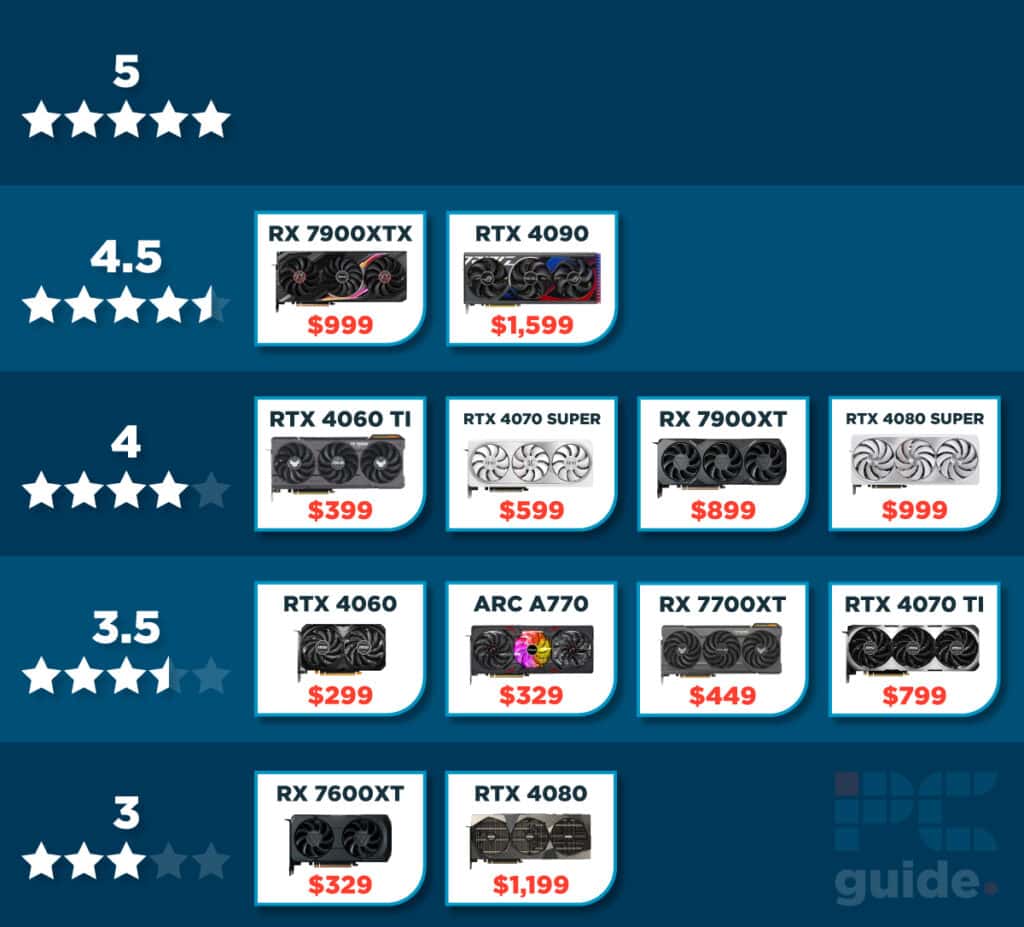
Is the RTX 4080 Super worth it?
The RTX 4080 Super effectively erases any reason to go out and buy the original RTX 4080 with slightly increased performance and a much more palatable price point. It delivers across the board in terms of high-end gaming performance in 1440p and 4K while being just as powerful for content creators, too. Simply put, this is the GPU that Nvidia should have released at first, with a price cut that really helps. It’s leading hardware from the Nvidia GeForce RTX line and for good reason.
Copy by Aleksha McLoughlin ; Testing by Sebastian Kozlowski


